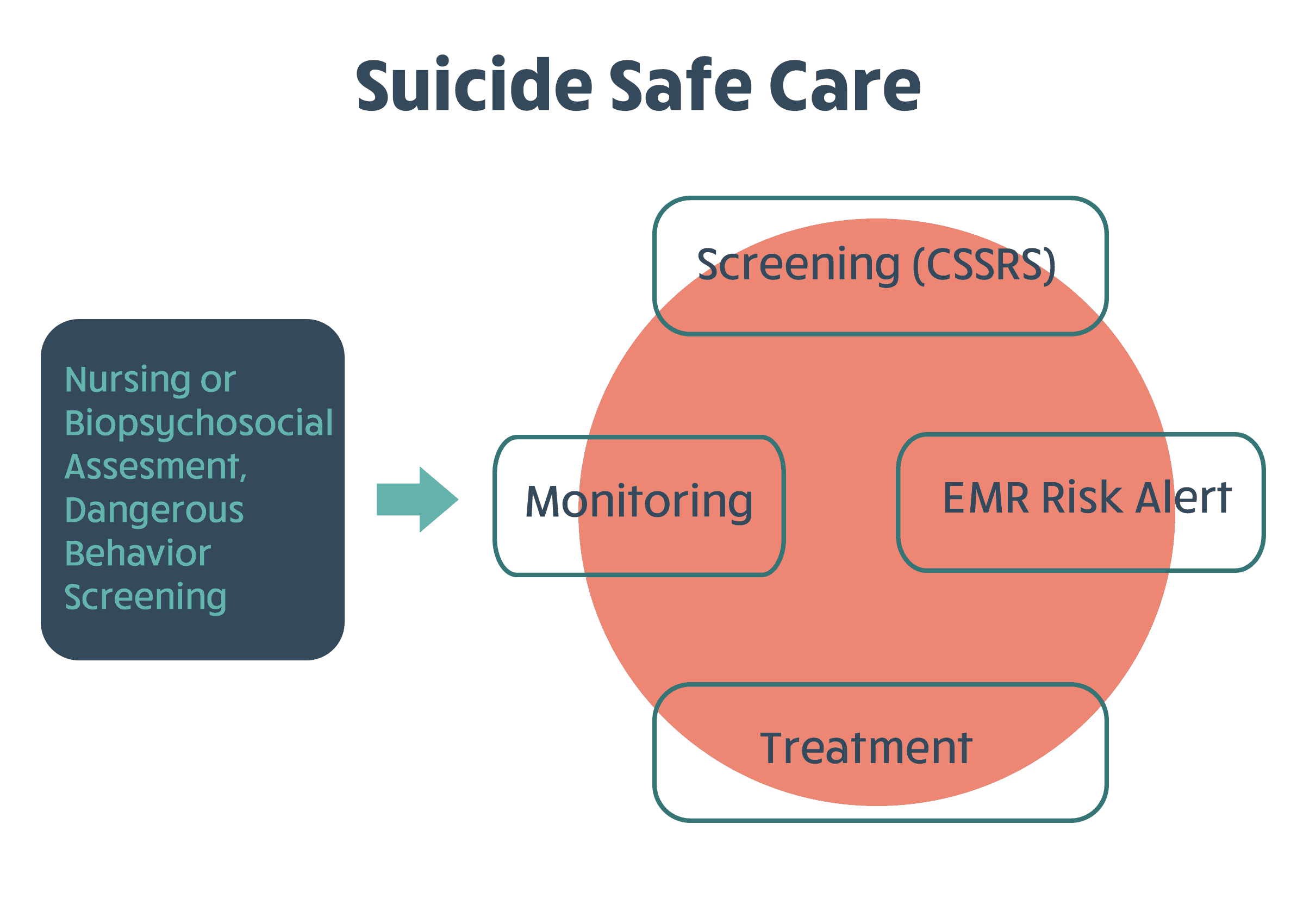Patients suicide risk (e. g. , risk and protective factors), to detect the possibility of imminent risk, and to inform treatment decisions. Table 1 describes the relationships among these different. Suicide risk and potential loss of life. To help health systems and providers close these gaps in care, improve patient experience and outcomes, and prevent suicide deaths, the national. Distinguish categories of risk and protective factors for suicide.
Describe components of suicide risk assessment and. Suicidal ideation is a common presentation in emergency department (ed) settings, with many nuanced complications. Therefore, understanding screening, assessment,. This guide is designed to assist emergency department (ed) health care professionals with decisions about the care and discharge of patients with suicide risk. Its main goal is to improve patient outcomes after discharge. The guide helps ed caregivers answer these questions: How can i effectively intervene while this patient is in the ed? These findings illustrate the importance of eliciting and exploring suicidal ideation and give credence to its role in initiating and fueling the suicidal process. What are warning signs and. Guide offers you strategies to assess and treat patients at risk for suicidality; This is the crucial first step to determine the nature of the risk, and plan for the patients safety. The goal of this guide
This is the crucial first step to determine the nature of the risk, and plan for the patients safety. The goal of this guide
Chris Kroeze's Net Worth: The Shocking Truth Revealed!
Oklahoma Jailbirds: Shocking Secrets Revealed
Downgit: Escape The Git Chaos & Reclaim Your Sanity
